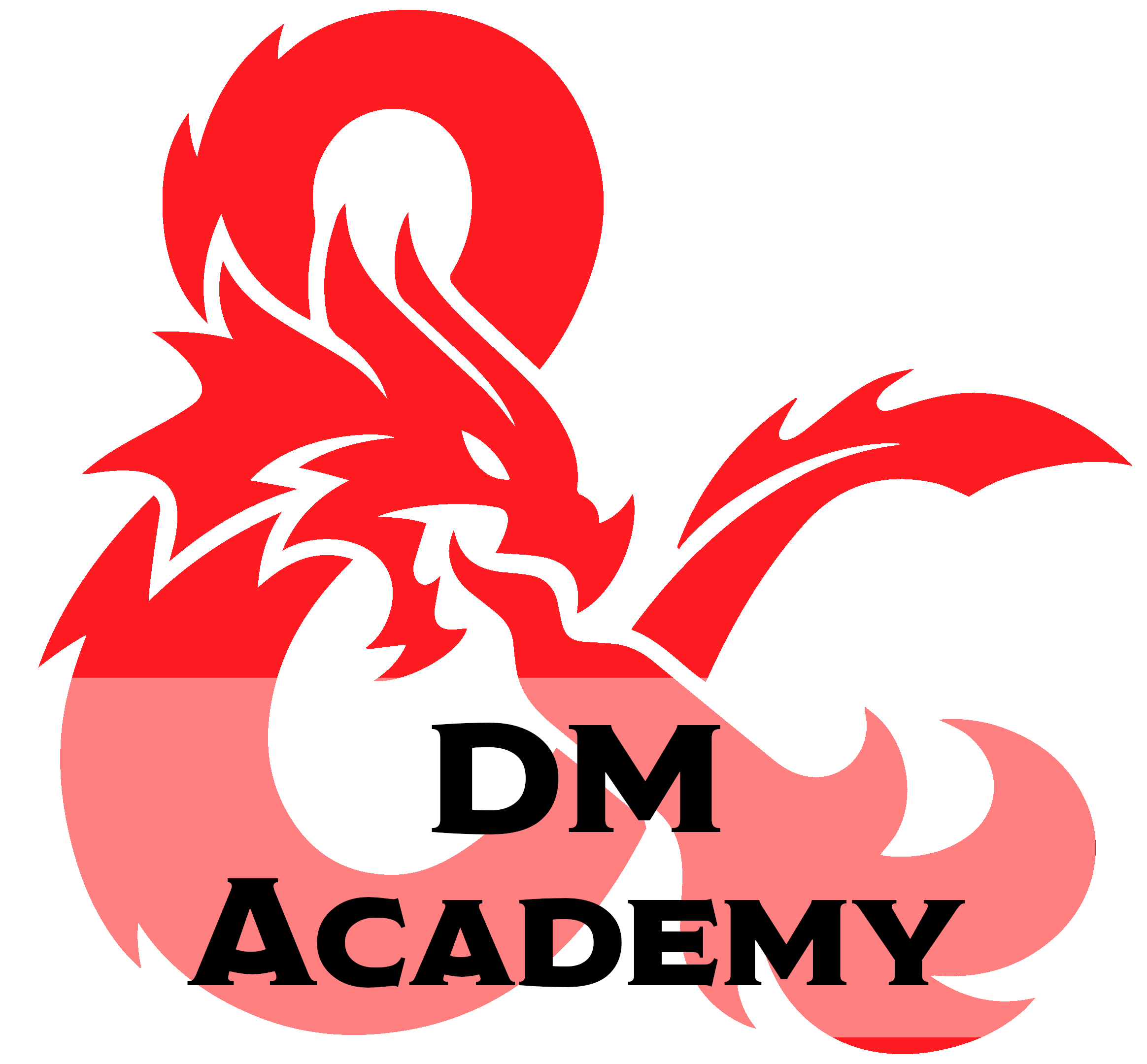

Here’s one study Pennsylvania University https://web.sas.upenn.edu/pcssm/commentary/public-disapproval-of-disruptive-climate-change-protests/
Do with it what you will.


Here’s one study Pennsylvania University https://web.sas.upenn.edu/pcssm/commentary/public-disapproval-of-disruptive-climate-change-protests/
Do with it what you will.


My spouse is NT, which has been great as we complement each other.
Most of my friends are on the spectrum though, because we have a similar range of interests and tolerance for social interaction.
Huh. I can’t find a single book on here of the last 100 i have read. Is this all just self-help books or something?


New characters are resources too. The word doesn’t have to be limited to spendable currencies like “lumber and gems”.


I wear my normal earbuds but just don’t turn them on. Blocks out enough of the high pitches but I can still hear what’s going on.
I get along with Autistics better, but mainly because we cope with social situations in a similar way.
In my case, we play a lot of board games and video games. We can socialize without requiring smalltalk or eye contact. If there is no such activity planned, we don’t get together, and nobody is offended.


This is really cool! My teach is usually a very similar order to what you list, but its nice to have something like this written down. I will probably steal this.
For the Woodland Alliance, I usually deacribe them as “playing Pandemic, as the disease”. You are spreading around everywhere, and can pop up suddenly to devastate someone’s clearing if they aren’t keeping you in check.


Yup… This is why I went into engineering.
This art stuff is too far beyond my simple brain.


For sci-fi, one I haven’t seen mentioned here yet is Red Rising.
Kind of an Enders Game meets Hunger Games in the first book, but quickly expands into a solar-system wide war with lots of intrigue, star-wars-like tech, and amazing characters.


Tetris doesn’t really have an end. It just keeps going. So this is a very specific crash where if you get far enough into the game, it can’t keep up with the player any more. You “beat” Tetris by playing so well you make the game break.
This is similar to getting pacman to crash by beating level 255 at which point incrementing the level goes past what can be stored and the data gets corrupted.


I got my PhD in engineering just fine. Had to push myself to make a few connections and meet regularly with my advisor, etc., but doing research was really well-suited to my hyper-focus tendencies.
However the opportunities I had tutoring/teaching did not appeal to me at all. I pulled it off, and I enjoyed sharing my knowledge and being the “expert” in a room full of freshman students, but I would be highly stressed all morning in anticipation, and then out of commission for the rest of the day.
So, I opted to move into industry mainly to remove the expectation of teaching regular courses and the dependency on networking to successfully claim grant funding and collaborate with other academics. (Also money)
Several autistic-spectrum friends also left academia but stayed in research in some form, and are doing really well. A couple stayed in academia. One is doing great, and the other basically destroyed his marriage due to the stress.
Probably depends a lot on the specific responsibilities of your chosen academic field as well as your individual point on the spectrum.


I am really dumb. The link you shared doesn’t show any table like you describe, and no links to the other “parts” out of 13. Can you help me figure this out? The part I can see is pretty helpful!


This is really helpful! Thank you so much for your time writing this all out!


This is some solid advice, thank you!
If single-point-of-engagement is a sign of a badly-written adventure, do you have any suggestions on how you might rework some of these encounters if you were writing your own adventure?


I have tried having the NPCs directly approach the player characters, but even that tends to feel like the players are just going through the motions. They know this must be important so they play along but I feel like it just turns into me giving info dump after info dump as each NPC appears, and it feels so contrived.


Thank you. Yeah, this is usually how I would approach it if it were a more open sandboxy gsme like my last campaign.
In this case however, the whole adventure doesn’t hinge on this one conversation, but rather the adventure book assumes the players have hit certain story beats in a certain order and plans the narrstive accordingly. If they ignore the couple, then they miss out on receiving their quest to find their daughter or whatever, and arriving at the wolf den the body of the mangled girl has no meaning. If they don’t talk to the paintbrush goblin, they don’t learn about the pixies causing trouble for the goblin clan. Sometimes its critical to the main plot. Sometimes its just a side bonus reward or just a roleplaying opportunity to learn lore or information. The way the book lays it out it states explicitly: players must encounter these 3 points in order so the final encounter of this chapter makes sense.
Unfortunately asking the players what they want to do next session results in “we want to do what the book says to see what happens in the story!” And that tracks with our session 0. They want a linear story.
But I can only have my players walk past so many burned out villages before it gets awkward and I just say “look, guys you’re supposed to go in and investigate.”
I just have no idea how to balance this “on-rails” approach with actually inviting player intersction. Am I just describing scenery or am I hinting they should interact? Is this NPC plot-critical or just setting up some world building? When do the players know they got what they needed from the conversation or if this is just a random guy trying to sell them stuff?


“Living fuels” as opposed to fossil fuels?
Alexandra